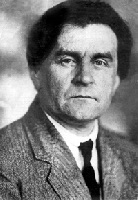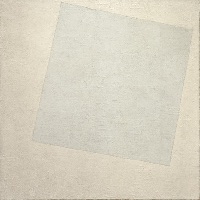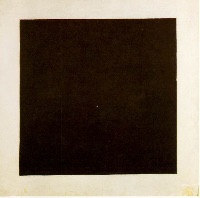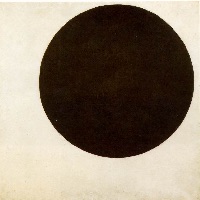Russian abstract art movement that officially began with its first show in December, 1915. It was founded by Kasimir Malevich, who began developing the style in 1913. The style put emphasis on basic geometric shapes, namely the square, along with circles, rectangles, and triangles. According to Malevich, Suprematism was an attempt “trying desperately to free art from the dead weight of the real world.” Rather than trying to create images that were objective and tethered to reality, these artists stressed the importance of feeling in art. In fact, the name “Suprematism” refers to the supremacy of pure feeling over objective art, because objectivity was seen as distracting to the experience of feeling and reacting. The arrangement of geometric forms in various colors are arranged against a flat white background in such a way as to express movement, rhythm, and speed. Suprematism went through three phases during its existence: first, the black phase, which featured solid black shapes and stripped the movement down to the basics; next, the “colored” phase which sought to express movement through space by using color; last, the white phase, which is encapsulated by Malevich’s piece “White on White,” and which represents nothing but “the idea.” Some have accused Suprematism as nihilistic, but others argued that it brought the viewer to a higher level of experience.



